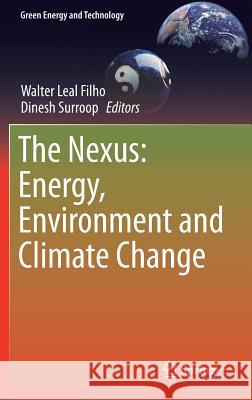The Nexus: Energy, Environment and Climate Change » książka
topmenu
The Nexus: Energy, Environment and Climate Change
ISBN-13: 9783319636115 / Angielski / Twarda / 2017 / 388 str.
Kategorie:
Kategorie BISAC:
Wydawca:
Springer
Seria wydawnicza:
Język:
Angielski
ISBN-13:
9783319636115
Rok wydania:
2017
Wydanie:
2018
Numer serii:
000355820
Ilość stron:
388
Waga:
0.73 kg
Wymiary:
23.39 x 15.6 x 2.24
Oprawa:
Twarda
Wolumenów:
01
Dodatkowe informacje:
Wydanie ilustrowane











